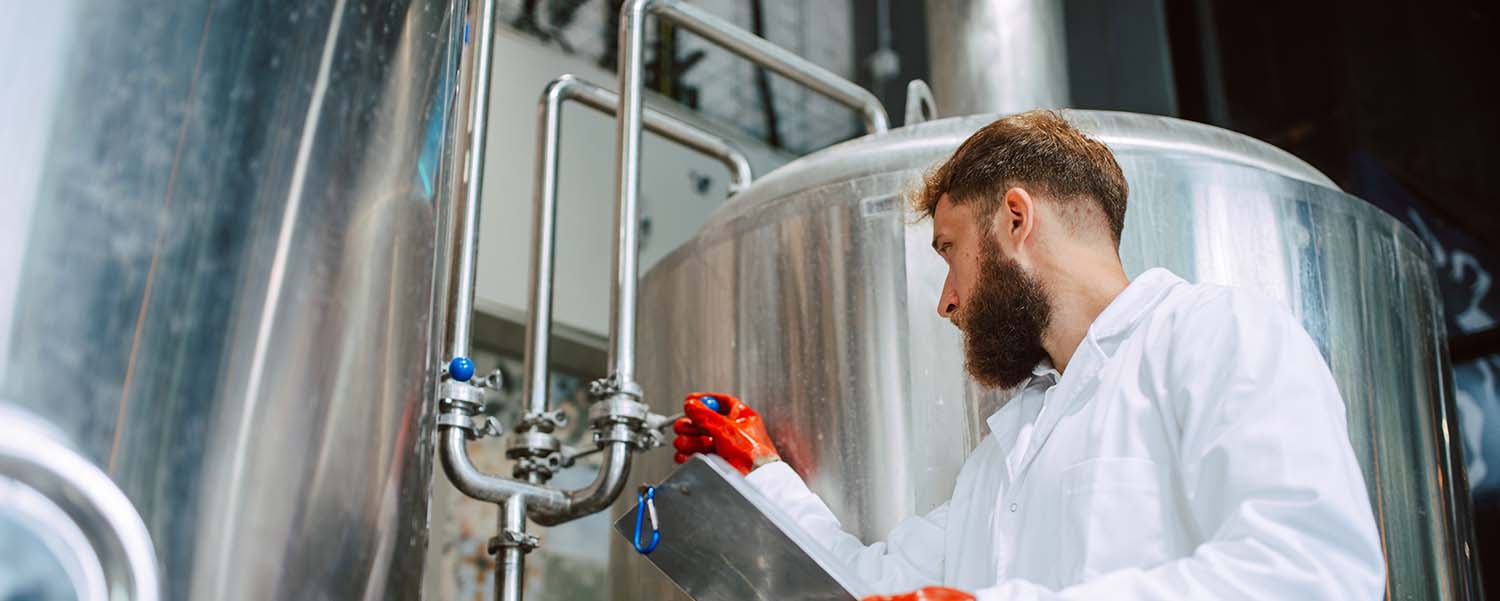Contract Manufacturing

Many of us may not know that some of the products used in the professional cleaning industry are not necessarily manufactured by the company whose name is on the label.
The practice of one company turning manufacturing of a product over to another company is referred to as contract manufacturing.
It was first spawned in the textile industry in the United States a good 50 years ago. In some cases, labor costs were so significantly lower in other parts of the world, that textile manufacturers had no choice but to farm out production if they planned to stay in business.
Now most industries, making everything from cars to chemicals, are involved in some form of contract manufacturing.
Today, it is no longer just U.S., Canadian, or European companies sending their manufacturing to places like China. In many cases, leading companies around the world now have their products, or at least components for their products, made here in North America and shipped elsewhere.
What is contract manufacturing?
Contract manufacturing is a supply-chain arrangement in which one firm, called the original equipment manufacturer (OEM), outsources some or all its manufacturing processes to an outside supplier, commonly known as the contract manufacturer (CM) or in Canada, the contract blender.
Once produced, the products are all sold under the OEM’s label or brand name.
Here’s how it works:
The CM works hand in hand with their client to produce a product based on the OEM’s specifications. Or the CM suggests a formulation from their own product portfolio that meets the OEM’s specific needs.
The OEM determines if the CM can execute all steps required to make the product including the procurement of raw materials, on-site analysis, product testing, etc.
Because the product may be marketed in different parts of the world, the CM is also tasked with making sure the product addresses different government requirements, regulations, specifications, as well as certifications.
Upon completion of the product, the CM may package the finished product using the OEM’s label. The product is then delivered to the OEM directly or to their distributors around the world.
Why work with a CM?
Possibly we can best answer this question with the following scenario:
Laboratory technicians at an Ohio chemical manufacturing plant have developed a new cleaning solution that tests have proven to be very effective, possibly more effective than any similar product on the market today. Further, it meets green certification standards and criteria. The manufacturers are anxious to get the product out to the marketplace, but before doing so, they conduct a feasibility study. The goal of the feasibility study is to answer the following questions:
Is there a need for this product?
Do we have the people and manufacturing capabilities to make the product in-house?
Can we ensure quality control?
Can we make the product economically enough that it will be cost-competitive?
Do we have the warehouse space and capability to get the product to our distributors?
“In this scenario, although the company knows the product is worthy, the executives realize they have too many obstacles to overcome to make the product in-house,” says Mattie Chinks, president/CEO at Avmor Ltd., one of the few contract manufacturers/blenders in the professional cleaning industry. “Instead, they decide that it would be quicker and less expensive to turn manufacturing over to a CM.” In his experience, most OEMs turn to CMs for the following reasons:
Cost savings: “To open a new facility, hire new people, train them, and begin production is very expensive. Turning production over to a CM can be a significant cost savings,” says Chinks.
Advanced skills: Many OEMs have the idea for a product, but not the wherewithal to make it a reality.
Quality control/quality assurance: Not all OEMs have a laboratory and lab technicians that can continually test the product and maintain quality control.
Regulatory requirements: Referenced earlier, regulations can become very complicated. For instance, a disinfectant manufactured in the U.S. will need to be EPA-registered. In Canada, the same product will need to have a DIN (drug identification number). “Most OEMs prefer to have the CM handle these issues,” Chinks adds.
Market focus: For many OEMs, the new product is just one of many they are marketing. “Handing off development and production to a CM allows them to focus on their core business operations,” according to Chinks.
How to select the right CM
The first step in selecting a CM is, simply, finding one. They are not that easy to find, and while some industries have several, such as technology-related companies, others have very few.
Further, while some may be in North America, many CMs are in the far corners of the globe. Language barriers and distance can cause complications. When found, Chinks says OEMs should base their ultimate selection on the following:
Their expertise: As mentioned earlier, not all CMs produce products for all industries.
Years in business: Due to contract manufacturing growth, some CMs are essentially start-ups. Chinks suggests,“It is usually best to select a contract manufacturer that has a track record spanning many years.”
Facility certifications: Two certifications to look for when selecting a CM are ISO-9001 and ISO-14000. To be ISO-9001 certified, the CM must meet specific standards ensuring product quality, safety, efficiency, and quality management. ISO-14000 puts more focus on the environment. These standards pertain to the production process, the manner in which the product is produced, rather than the specific formulation of the product.*
Capacity: Some CMs have the capacity to deliver products in different sizes such as quarts, gallons, or drums, while others may have more limited capacity.
Market testing: A CM “that can help test-market a product for an OEM can prove invaluable,” Chinks says.
Quality control: Again, as discussed earlier, look for a CM that has quality control systems in place, as well as a laboratory for further testing, research, and development.
The future for CMs
Many years ago, some manufacturers turned to CMs to help them produce a product, just until they had their own manufacturing capabilities in place. However, manufacturers have found that in many cases, this is simply no longer necessary. As long as the product is being made cost-effectively and to the desired quality standards, they often let the CM continue to handle it.
*ISO is the International Organization of Standardization. It began in 1946 and certifies manufacturers and organizations worldwide. These organizations must meet specific standards indicating their products are safe, reliable, and of good quality.

















